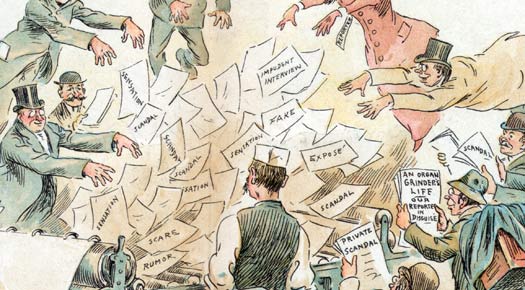Body
Fake news has fast become one of the most popular new phrases of 2017. We see it in Western politics, we listen to our news channels debate what is fake and what is not, and we hear our late-night comedians pan fake news with politically motivated jokes every chance they get.
|
ADVERTISEMENT |
The questions that are important for us to ask include, “Is fake news just as prevalent in the workforce as it seems to be in politics, and if yes, what can be done to combat it?”
…
Want to continue?
Log in or create a FREE account.
By logging in you agree to receive communication from Quality Digest.
Privacy Policy.

Add new comment